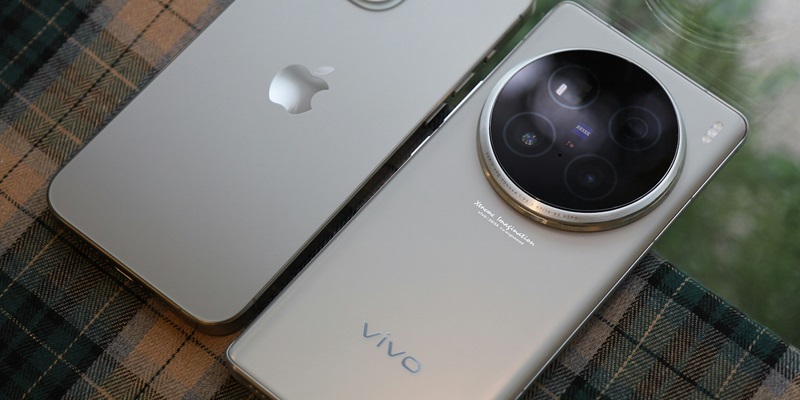In a surprising twist within the high-stakes smartphone industry, Vivo is poised to release its latest flagship device, the X200 Ultra, which promises an innovative approach to mobile photography. With the predecessor, the Vivo X100 Ultra, already renowned for its stellar camera capabilities, expectations for the Vivo X200 Ultra were understandably sky-high. However, the upcoming model diverges from the anticipated trajectory by incorporating a smaller yet supposedly superior main camera sensor. The 1-inch type sensor, a hallmark of the X100 Ultra’s photographic prowess, is being substituted with a 1/1.3-inch 50 MP sensor. This decision has ignited debates among tech enthusiasts and industry experts, especially since larger sensors have traditionally been equated with better performance. Nevertheless, Vivo’s confidence in the improved capabilities of the new sensor, alongside the anticipation of enhanced user experiences, suggests a noteworthy evolution in sensor technology.
Camera Upgrades and Continuity
The decision to switch to a 1/1.3-inch 50 MP sensor, despite breaking from the larger-is-better trend, reflects Vivo’s nuanced strategy in balancing innovation with cost efficiency. One major factor influencing this shift could be the inclusion of more expensive processors like the Dimensity 9400 and Snapdragon 8 Elite. These state-of-the-art processors likely consume a substantial portion of the production budget, necessitating cost-saving measures elsewhere. Consequently, the move to a more cost-effective yet highly functional 50 MP sensor emerges as a strategic choice, ensuring that the overall camera performance receives a significant boost without severely inflating production costs. This approach maintains the high photographic standards set by the X100 Ultra while introducing advancements that cater to both professional and amateur photographers.
In addition to the main sensor shift, the Vivo X200 Ultra will preserve and enhance other elements of its camera setup. The device is expected to retain the 1/1.4-inch 200 MP telephoto sensor with an 85 mm equivalent lens from the X100 Ultra, reaffirming its commitment to delivering high-quality zoom capabilities. Simultaneously, the ultra-wide angle camera will see an upgrade to a 50 MP 1/1.3-inch sensor, ensuring panoramic shots are captured with utmost clarity and detail. This blend of continuity and innovation underlines Vivo’s dedication to providing a well-rounded photographic experience, thereby solidifying its position in the competitive landscape of premium smartphones. The strategic balance of leveraging tried-and-true components while integrating state-of-the-art advancements is a testament to Vivo’s meticulous approach to mobile photography innovation.
Balancing Cost and Performance
Vivo’s innovative shift from the trend of larger sensors leverages advanced sensor technology and software optimization to achieve exceptional camera performance. In a market teeming with high-end smartphones, offering a distinguished yet cost-effective product becomes crucial. The smaller 1/1.3-inch sensor may appear to be a step back, but Vivo claims it features improved technology. This likely translates to enhanced light sensitivity, superior image processing algorithms, and optimized software working in sync with powerful processors to deliver outstanding image quality. Thus, this new sensor might match or even surpass the performance of larger sensors, allowing Vivo to invest in other key areas of development.
Vivo’s strategy is to balance cost efficiency with high performance, especially in its "Ultra" series models. By opting for a smaller yet likely more advanced sensor, Vivo emphasizes the role of software optimization and processor integration in enhancing camera performance. This move aligns with industry trends where computational photography and AI-driven improvements significantly impact image quality. Continuous advancements in image processing mean sensor size isn’t the sole determinant of camera effectiveness. Vivo’s approach reflects an acute understanding of these factors, ensuring the X200 Ultra remains competitive by maximizing technological efficiencies without sacrificing quality or performance.

